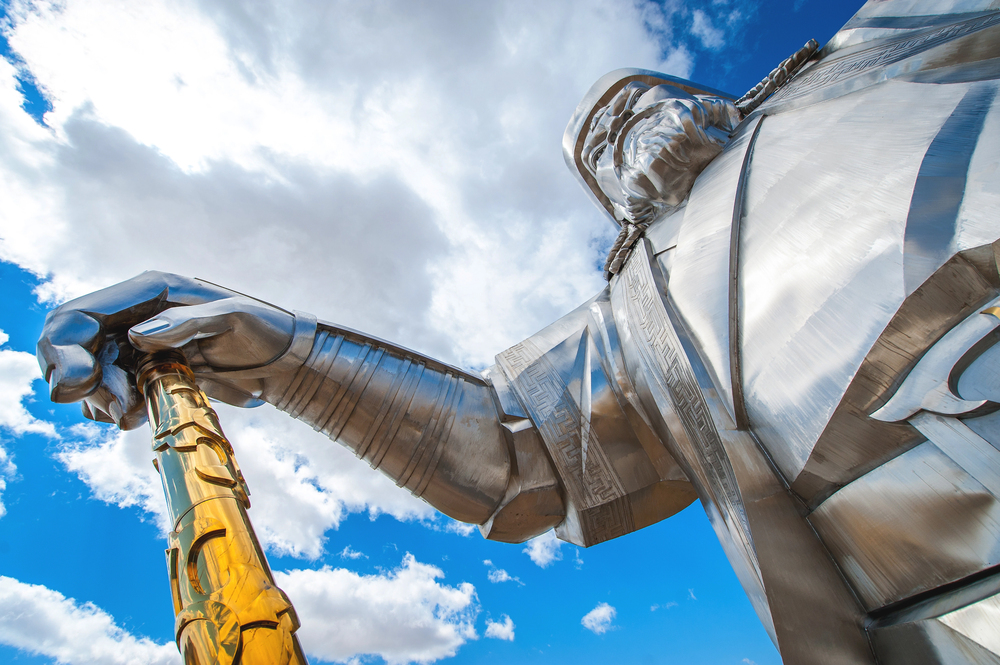Rediscovering the Past The History and Modern Use of Forgotten Healing Practices
Landon Bishop
2025-10-04
6 min read

There’s something timeless about humanity’s pursuit of health and well-being. Long before the advent of modern medicine, countless cultures across the globe turned to nature, rituals, and unique techniques to heal the body and soothe the spirit. Today, as more people yearn for holistic approaches to health, forgotten healing practices are seeing a resurgence, blending ancient wisdom with modern science.This blog explores the fascinating history and relevance of healing traditions that have stood the test of time—even if they’ve faded from mainstream awareness. Together, we’ll uncover how these practices are being reimagined in our modern wellness landscape.
The Roots of Ancient Healing Practices
For centuries, healing was deeply intertwined with culture and environment. Communities relied on their natural surroundings and oral traditions to treat ailments. While some of these treatments might sound unconventional to today’s standards, many formed the foundation for what we now call complementary and alternative medicine.
Traditional Healing Across Cultures
Different civilizations developed unique healing methodologies tailored to their environmental resources and cultural beliefs. Indigenous tribes, for example, often used plants as medicine. Native American healers relied on herbs like sage for purification and willow bark for pain relief—which we now know contains salicin, a compound similar to aspirin. On the other side of the globe, Traditional Chinese Medicine (TCM) was meticulously developed over thousands of years. Practices like acupuncture and the use of ginseng were designed not just to treat symptoms but to address imbalances in the body’s energy, or “qi.” Meanwhile, in ancient India, Ayurveda emerged as a holistic system of healing. It emphasized balance between the body, mind, and spirit, with preventive measures like dietary adjustments, yoga, and herbal remedies leading the way. Each of these cultures wove spiritual and physical care together, underscoring their harmonious approach to well-being. But with developments in biochemical medicine and the rise of industrial production, many of these traditions fell by the wayside.
The Decline of Traditional Medicine
The industrial revolution and subsequent medical advancements brought many breakthroughs, such as antibiotics and vaccines, saving lives on an unprecedented scale. However, during this period of dramatic progress, traditional healing practices were often relegated to the background. Terms like “folk remedies” became a synonym for unscientific or outdated approaches. Many indigenous and local methods faced scrutiny, with practitioners labeled as "quacks." The homogenization of healthcare erased a wealth of knowledge rooted in centuries of observation and experimentation. Worse, colonization and societal shifts often stigmatized these traditions, with certain rituals even outlawed in parts of the world. However, something that stood true even then was the subtle wisdom these cultural remedies have continued to hold. While they may have been dismissed at first, modern science and shifting societal norms have illuminated their enduring relevance.

The Modern Renaissance of Forgotten Healing Practices
Today, we find ourselves in the middle of a wellness revival. People are turning back to nature, seeking alternative solutions to stress, chronic diseases, and overall health optimization. Fueled by a desire for holistic care, this renewed interest is paving the way for ancient practices to make a comeback.
Integrating Science and Ancient Wisdom
The most exciting aspect of this revival is how traditional healing methods are being validated and adapted through scientific research. Take turmeric, for instance, which has been a staple of Ayurvedic medicine for centuries. It wasn’t until recent decades that curcumin, turmeric’s active compound, was studied extensively for its anti-inflammatory and antioxidant benefits. Now you can buy curcumin capsules in any health store, bridging modern convenience with ancient knowledge. Similarly, acupuncture—which has historically raised questions in Western medicine—is increasingly backed by research. Studies suggest its efficacy in managing chronic pain, migraines, and anxiety. Even the practice of mindfulness meditation, with roots in Buddhist traditions, is now recommended by doctors and therapists as a tool to combat stress and improve mental health. Originally a spiritual practice, mindfulness has become a staple in workplaces, schools, and even hospitals worldwide.
Healing Adapted to Modern Life
Modern wellness brands have also taken note of this trend, incorporating elements of ancient healing to appeal to contemporary audiences. Essential oils derived from plant medicine, sound therapy inspired by shamanic traditions, and gut health insights linking Ayurvedic approaches to diet with microbiome science are just a few examples of this evolution. Furthermore, sustainability concerns have brought herbal medicine and community-based healing practices into prominence once again. Practices like foraging for natural remedies or creating herbal teas are gaining traction, offering an eco-friendly alternative to chemical-laden products.
What Does the Future Hold for Healing Practices?
The growing popularity of traditional healing serves as a reminder that health transcends rigid systems of thought. People are recognizing that the human body is not just a mass of cells but a dynamic system influenced by emotional, spiritual, and environmental factors. Medical professionals and wellness practitioners are increasingly working together, building bridges between empirical research and experiential wisdom. This fusion promises a future where traditional and modern approaches work in harmony, improving outcomes without diminishing cultural significance. At the same time, ethical considerations come into play. When revitalizing traditions, it’s vital to honor their cultural origins and ensure that communities sharing this knowledge benefit equally. Appropriation without acknowledgment risks distorting these practices beyond recognition, which can erode their intended impact.
Bringing the Past Into Your Present
Revisiting the origins of healing practices reveals that they have always been about more than just curing diseases. They tell stories, preserve culture, and remind us to see health as a holistic pursuit. If you’re intrigued to explore these forgotten methodologies, there are many ways to dip your toes in. Consider trying an Ayurvedic diet plan, exploring mindfulness apps, or consulting a certified herbalist to incorporate age-old remedies into your routine. Whether you’re adding adaptogens to your morning latte or booking your first acupuncture session, you’re participating in a global effort to rediscover what humanity understood about health long before clinical trials existed.



